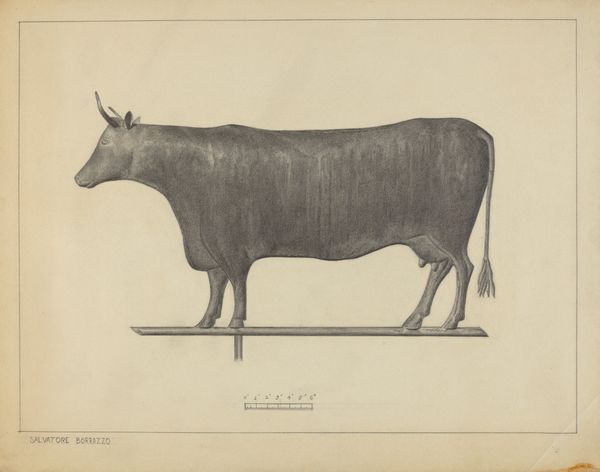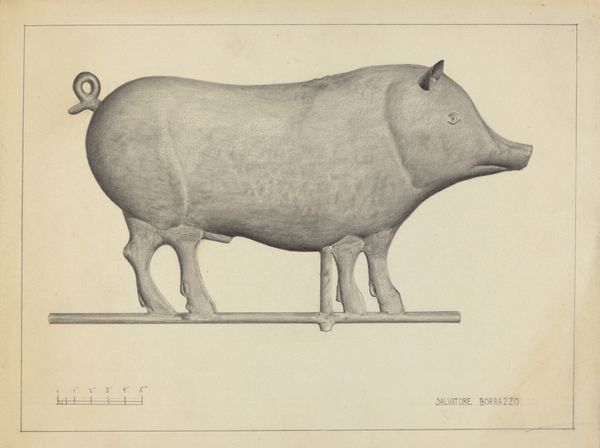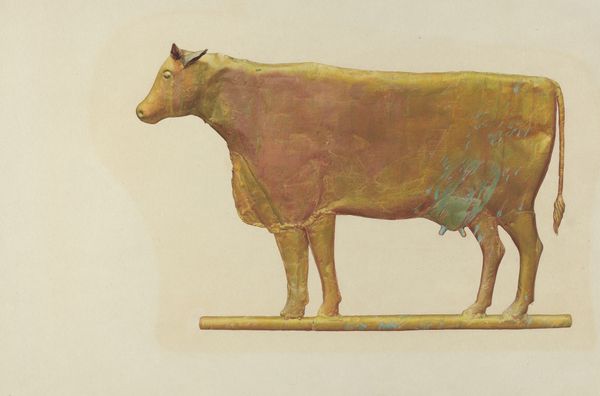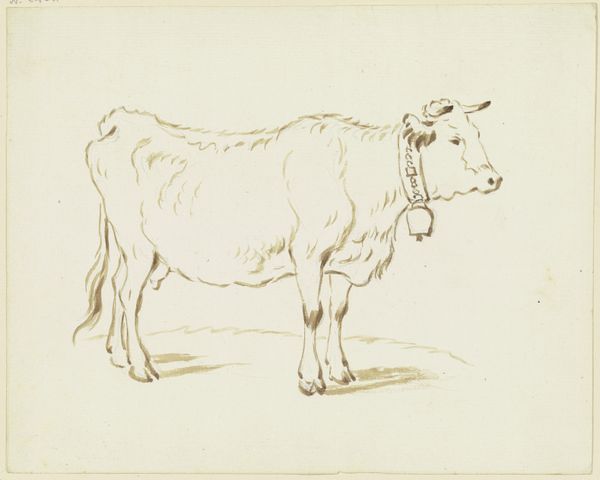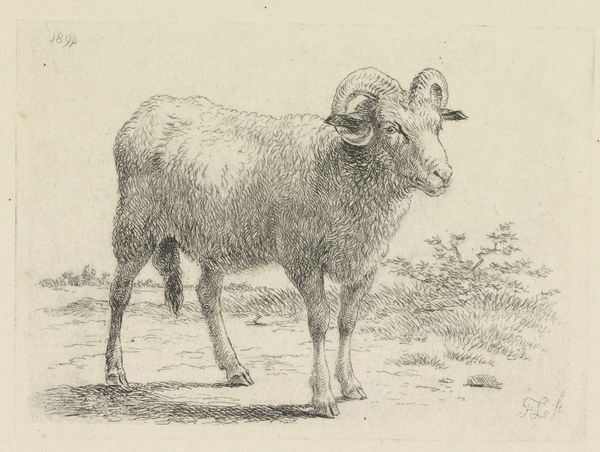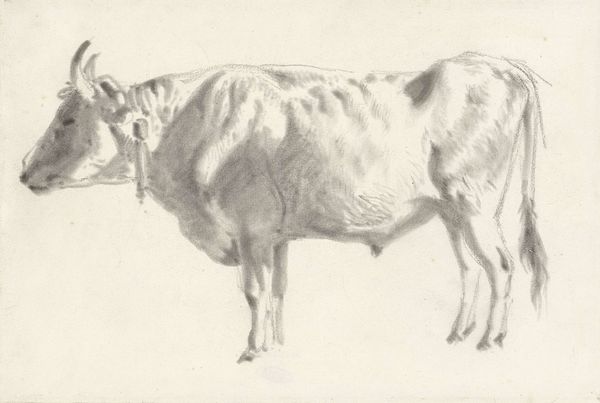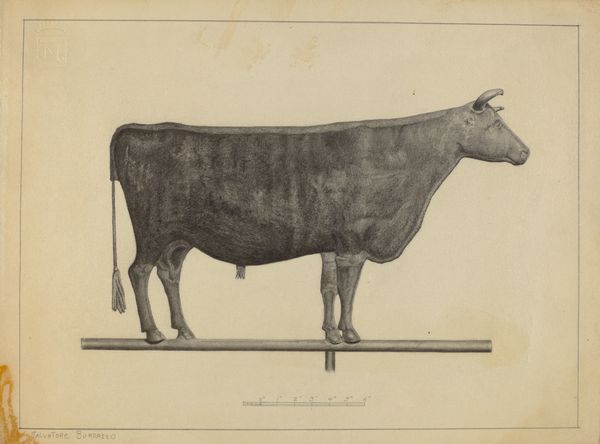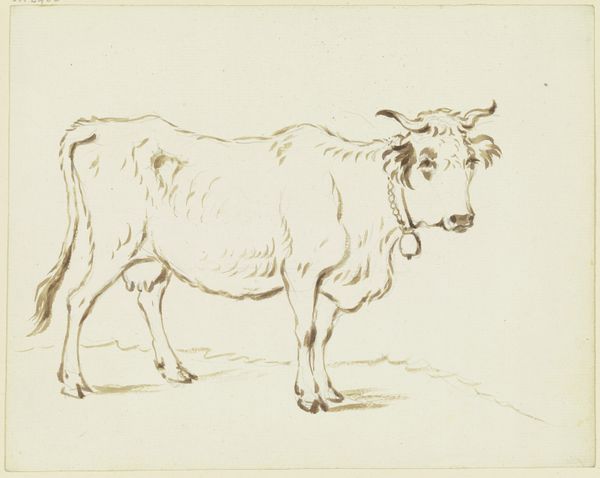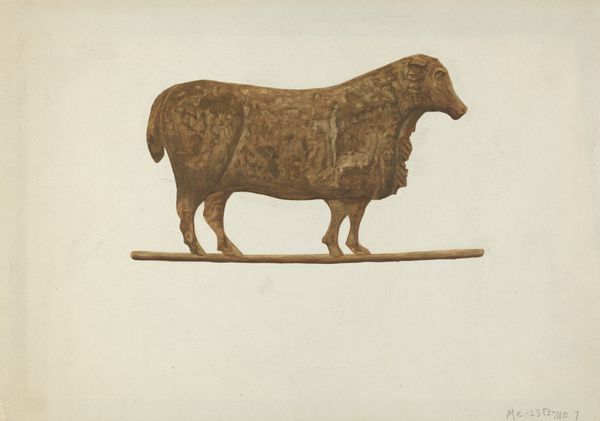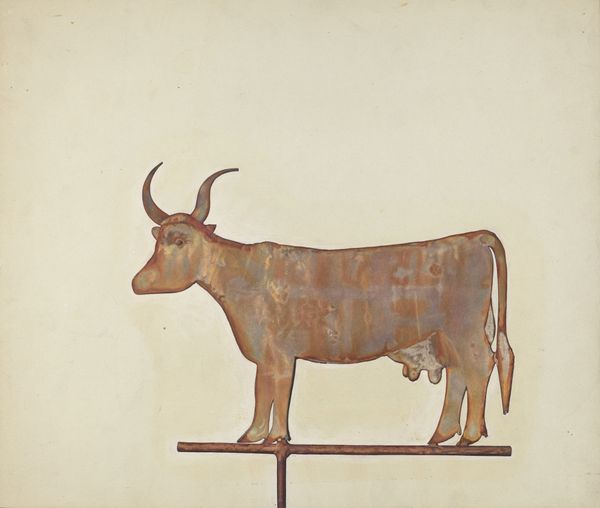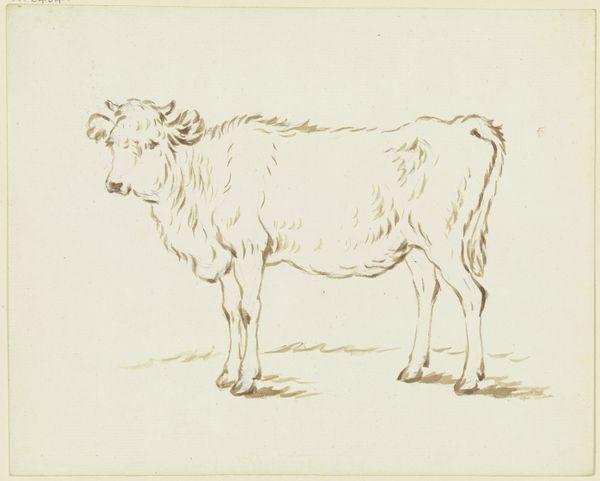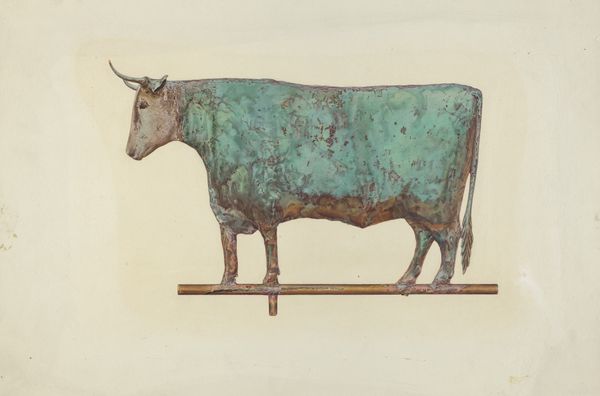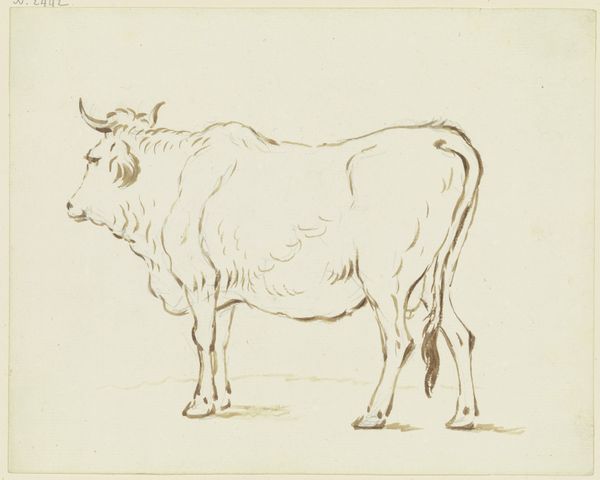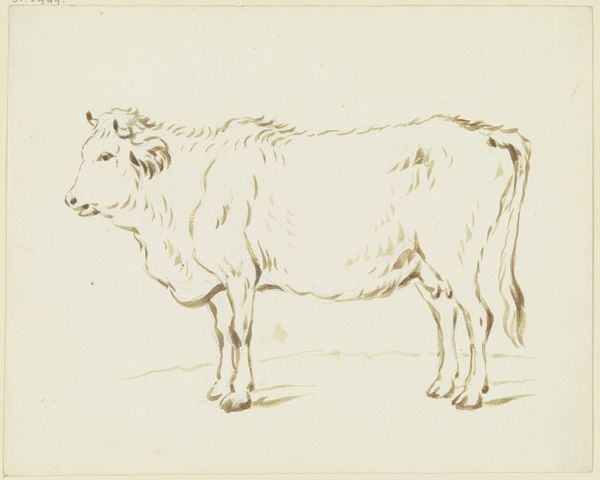
Dimensions: overall: 21 x 27.7 cm (8 1/4 x 10 7/8 in.) Original IAD Object: 25 1/2" long; 20 1/2" high
Copyright: National Gallery of Art: CC0 1.0
Herman Bader made this drawing of a weather vane, likely in America, using graphite and gouache. It’s a simple depiction, yet consider the social role of such an object. Weather vanes were more than mere indicators of wind direction. In agrarian societies, they were crucial tools influencing daily life and agricultural practices. In the United States, the weather vane became a distinct form of folk art. Farms and businesses would often display these vanes, which became symbols of identity and prosperity. Bader’s work prompts us to consider how art reflects and shapes our relationship with the environment. To fully understand Bader's drawing, we need to look at its historical context – how rural communities used practical tools to assert their place in the landscape. Analyzing trade catalogs, agricultural records, and local histories could further enrich our understanding of this artwork and its cultural significance. By understanding the social and institutional context, we recognize its role in reflecting and reinforcing community values and social structures.
Comments
No comments
Be the first to comment and join the conversation on the ultimate creative platform.
